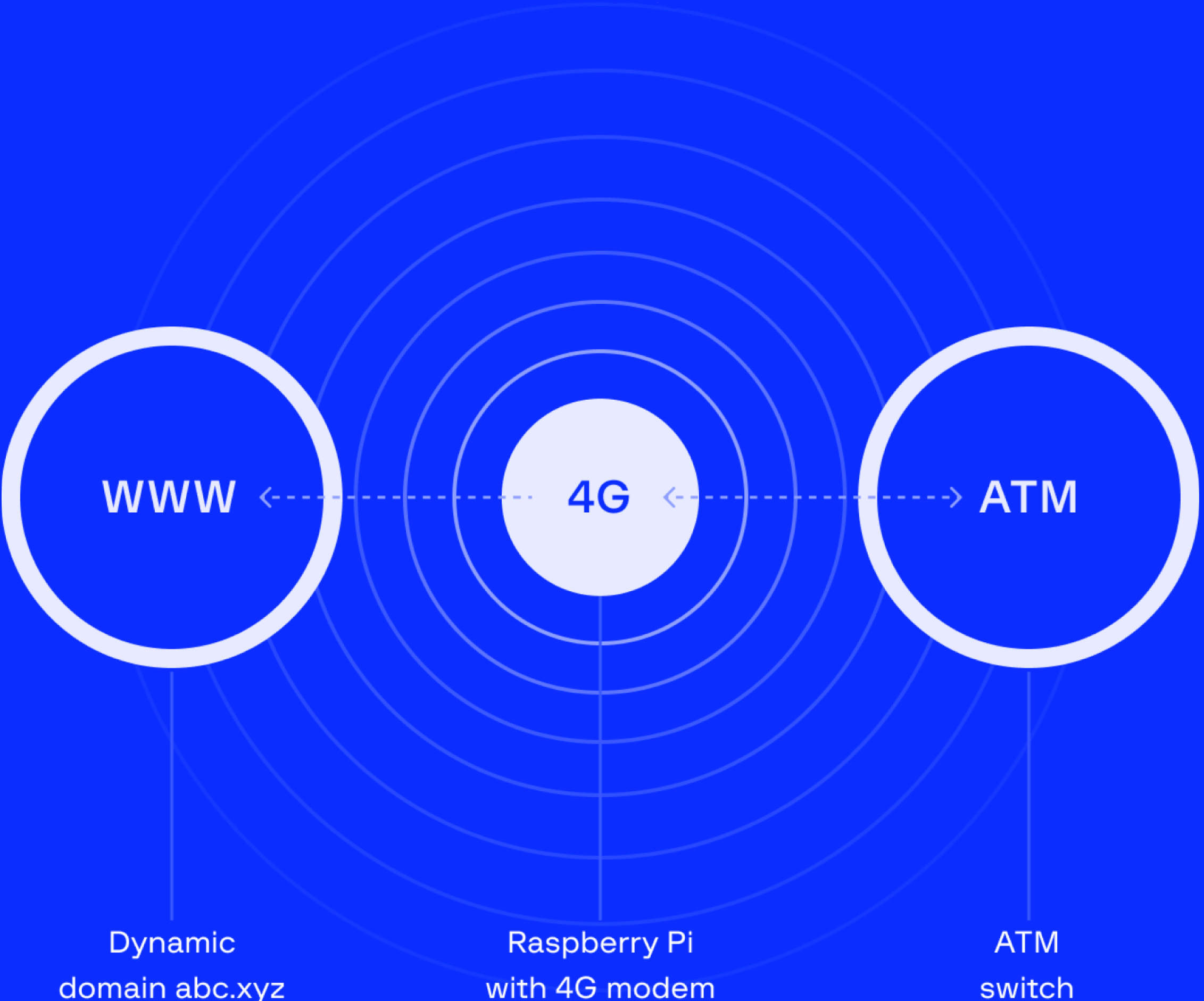Get 24/7 incident response assistance from our global team
- APAC: +65 3159 4398
- EU & NA: +31 20 890 55 59
- MEA: +971 4 540 6400
Get 24/7 incident response assistance from our global team
Please review the following rules before submitting your application:
1. Our main objective is to foster a community of like-minded individuals dedicated to combatting cybercrime and who have never engaged in Blackhat activities.
2. All applications must include research or a research draft. You can find content criteria in the blog. Please provide a link to your research or research draft using the form below.
How a device small enough to fit in your pocket – a Raspberry Pi – became the key to infiltrating entire ATM networks






